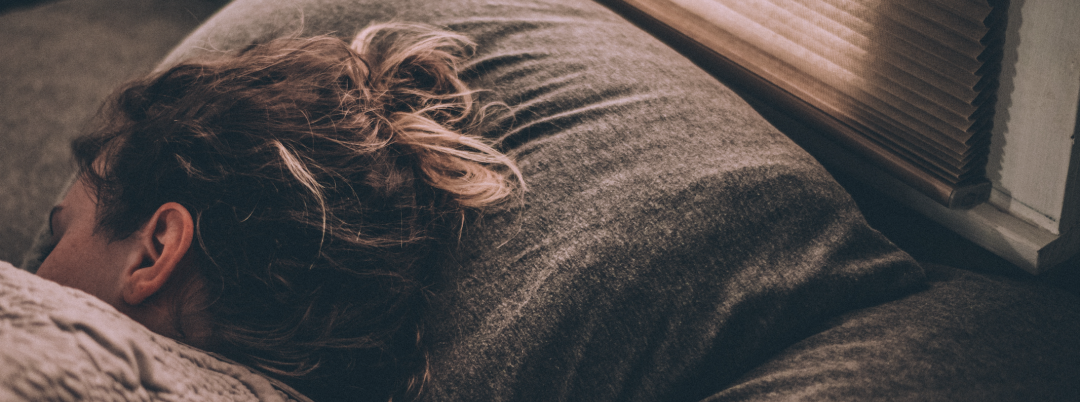
- Sleep apnea is a serious sleep disorder in which the individual’s breathing repeatedly stops and starts again while they sleep.
- There are a few different kinds of sleep apnea, of which are rooted in the cause of the breathing disruption: sometimes, the cause is the relaxation of muscles in the throat, while at others, it’s the brain’s failure to signify muscle contraction.
- A few symptoms of sleep apnea include snoring, dry mouth, gasping for air during sleep, irritability, and daytime tiredness.
- Risk factors include old age, obesity, smoking, and nasal congestion; additionally, men are significantly more likely to suffer from sleep apnea.
- The good news is that you can successfully treat sleep apnea; if you’re concerned about having this disorder, talk with your doctor who can offer diagnosis and a treatment plan.
What Exactly Is Sleep Apnea?
While there are a few different kinds of sleep apnea, the general gist of this sleep disorder is breathing that recurrently stops and starts back up again. Bill Fish, Co-Founder of Tuck.com and Certified Sleep Science Coach, further explains the logistics and dangers of sleep apnea:
-
-
- “Obstructive sleep apnea is a common sleep-related breathing disorder where the airwaves are blocked during sleep. While some people may laugh it off as snoring, which can be annoying or maybe even funny, it can also be very dangerous. More and more people are being diagnosed with obstructive sleep apnea.
Essentially, the body stops breathing up to hundreds of times per night and then reflexively gasps for air, putting a tremendous amount of strain on the heart on a nightly basis.
-
-
- Studies have shown that individuals with severe sleep apnea are more likely to experience sudden cardiac arrest. The problem with this sleep disorder is that someone might not even think it is an issue unless they are sharing their bed with someone. Since they are attempting to sleep, they may not be aware that they are gasping for air on a nightly basis, and may just feel tired during the day.”
The main types of sleep apnea include obstructive sleep apnea, central sleep apnea, and complex sleep apnea syndrome. The primary difference between these types is what causes one to stop breathing. With obstructive sleep apnea (the most common form), one’s throat muscles relax. With central sleep apnea, on the other hand, the individual’s brain fails to trigger the muscles that control his or her breathing. Finally, complex sleep apnea syndrome is a combination of the former two: the individual’s throat muscles relax and their brain fails to send proper signals to the muscles.
Do I Have It? Symptoms and Risk Factors
This disorder is especially troublesome considering those who suffer from sleep apnea sometimes have no idea. Make sure you understand the symptoms so that you can take care of this problem if or when it arises:
- Snoring
- Gasping for air during sleep
- Waking up with dry mouth
- Trouble staying asleep
- Daytime tiredness
- Difficulty concentrating
- Irritability
It’s hard to observe some of these symptoms while you’re asleep. However, someone else can watch for these symptoms—this could be a loved one or even a sleep doctor, if you’re concerned about suffering from sleep apnea. Now, let’s take a look at the risk factors, to better understand whether or not this is something you should pay attention to. First, men are two to three times more likely to develop sleep apnea than women and those who have a family history of sleep apnea are also more likely to suffer from the disorder themselves. Several other risk factors include:
- Obesity
- Old age
- Smoking
- Nasal congestion
- Narrowed airway
Can It Be Fixed? How Is It Treated?
If you think you might be suffering from sleep apnea, you should see a doctor as soon as possible. You will discuss all of your symptoms with your doctor and any observances made by your partner or someone else when you sleep. “A sleep doctor will be able to run an analysis to determine whether that simple snoring is indeed obstructive sleep apnea, and will recommend various forms of treatment,” Fish explains. The most common method of sleep apnea diagnosis is a sleep study, which is often conducted during an overnight stay. Different functions will be monitored throughout the night, including general sleep state, heart rate, airflow, and blood oxygen levels.
Once your presentation is observed and diagnosed, you can begin treatment. If you have obstructive sleep apnea—which is, again, the most common presentation—a continuous positive airway pressure device (CPAP) will likely prove effective. This is a mask that goes over your nose and mouth, which blows air into your airways to ensure it stays open during your slumber. Other treatment methods include airway surgery, nasal expiratory positive airway pressure, and even dental appliances.
Let’s keep in touch! Sign up to receive our newsletter:
Start a Relationship with An Exceptional Counselor
- Skilled and caring professional counselors
- Accepting all major and most insurances
- High-touch customer service & premium benefits
- Same- or next-day appointments
- Ultra-flexible 23.5hr cancellations













